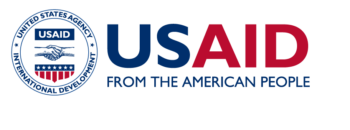Ebola and Marburg virus disease epidemics: preparedness, alert, control, and evaluation
Author: World Health Organization
This guidance describes preparedness, prevention, and control measures that have been implemented successfully during previous epidemics. These measures must be implemented during the following four phases: (1) Pre-epidemic preparedness (2) Alert (identify, investigate, evaluate risks) (3) Outbreak response and containment operations (4) Post-epidemic evaluation. The main target audience of this document are district-level health-care workers (doctors, nurses, and paramedics), as well as intermediate- and central-level health-care workers responsible for epidemic control, and International Health Regulations (IHR) National Focal Points (NFPs).
View the guidance in English here.


This website is made possible by the support of the American People through the United States Agency for International Development (USAID) under the READY initiative. READY (not an acronym) is supported by USAID’s Bureau for Democracy, Conflict, and Humanitarian Assistance, Office of U.S. Foreign Disaster Assistance (OFDA) and is led by Save the Children in partnership with the Johns Hopkins Center for Humanitarian Health, the Johns Hopkins Center for Communication Programs, UK-Med, EcoHealth Alliance, and Mercy Malaysia. The contents of this website are the sole responsibility of Save the Children. The information provided on this website does not necessarily reflect the views of USAID, any or all consortium partners, or the United States Government, and is not official U.S. Government information.


